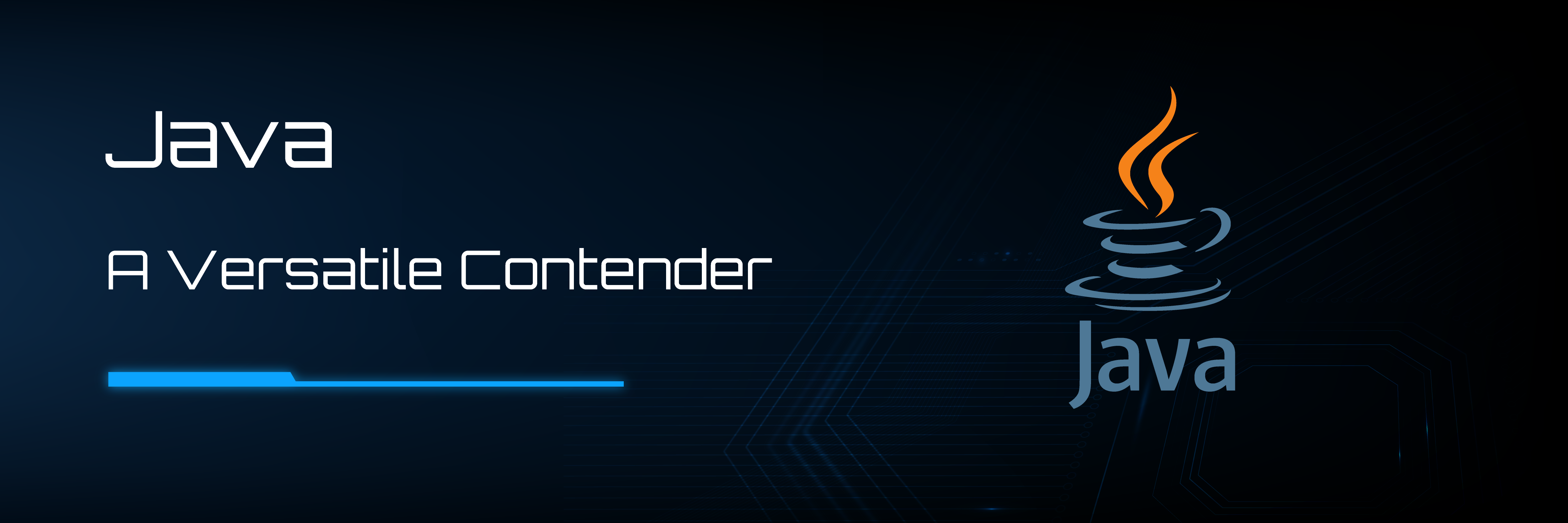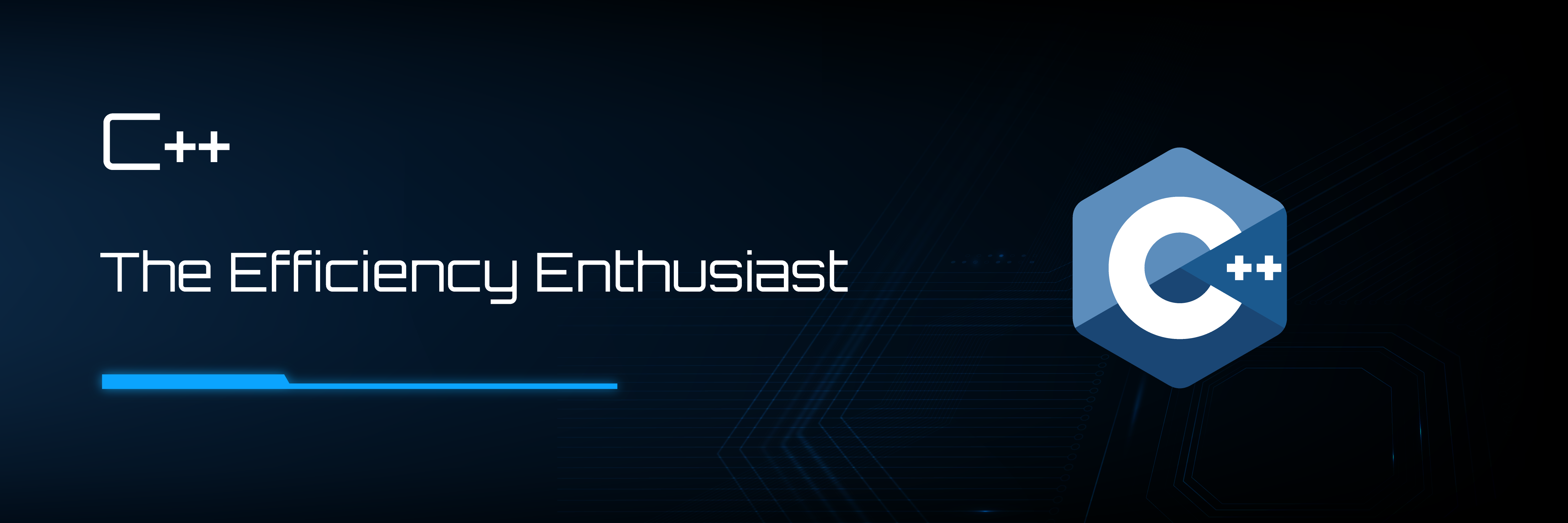Artificial Intelligence (AI) has become the focal point for businesses that aim to grow and expand to unprecedented levels. AI promises to streamline operations, save time, and optimize routine tasks.
When AI is integrated into an enterprise’s operations, these tasks can be executed with increased speed, accuracy, and reliability compared to human counterparts.
Furthermore, AI provides valuable insights that help businesses make informed decisions based on inputs from various sources like customer feedback and data analysis.
But behind these remarkable achievements lie powerful programming languages that enable developers to harness the potential of AI. The question to ask is which programming languages fit the bill.
There are several languages that are considered good enough for AI-powered development, but when it comes to the best(s), six names come up inevitably. This explores those six best programming languages for AI, each with its unique strengths and applications.

Python reigns the AI development market and is considered as the go-to programming language for AI and ML integration. Known for its simplicity, readability, and extensive libraries, it stands as the top choice for beginners and experts alike.
Python’s comprehensive ecosystem consists of some of the most popular AI frameworks like TensorFlow, PyTorch, and scikit-learn. Furthermore, the readability of Python code simplifies the development process and fosters collaboration within AI teams.
Its popularity is further fuelled by its strong community support which ensures a steady stream of updates and packages for various AI domains, starting from natural language processing (NLP) to computer vision.

Created by Ross Ihaka and Robert Gentleman, R is a statistical programming language that excels in data analysis and visualization. R is highly favored by data miners, data scientists, and statisticians because of its extensive collection of packages for data manipulation and statistical modeling.
The packages also support reusability and offer rich documentation. R is also used for hypothesis testing and creating insightful visualizations. In AI, R is an excellent choice for tasks that require statistical rigor like predictive modeling. Some of its key features involve:
– Powerful statistical and graphical capabilities: Comes with a wide range of built-in statistical functions and a large number of packages for specialized statistical analysis
– Extensibility: Easily extensible by the addition of new packages thus making it possible to add new functionality and customize it for specific needs
– Open-source: Free to use and modify which makes it a popular choice for both academic and commercial use

Java is known for its versatility and portability, making it a robust and viable option for creating AI applications. While it may not serve as the first choice for deep learning, Java has gained prominence in areas like NLP, recommendation systems, and enterprise AI solutions.
Java’s libraries like Deeplearning4j and Weka have powerful AI capabilities for Java developers. Another advantage of using Java for AI is that its widespread use in enterprise environments makes for seamless integration with existing systems.

Microsoft’s C++ is revered for its exceptional performance, making it a crucial development language for AI apps that need to maintain speed and efficiency. It is widely used in the programming of apps that perform computer vision tasks, robotics, and gaming AI due to its low-level capabilities.
Its libraries like OpenCV and Dlib effectively showcase C++’s prowess in image processing and computer vision. Though C++ has a steeper learning curve than Python, the reward of its proper use is precise control over memory and computational resources.

Julia is an up-and-coming, high-level, high-performance programming language that is gaining traction in AI and scientific computing circles.
Julia’s combination of performance, speed, ease of use, and a rich ecosystem of packages make it an attractive choice for data scientists and developers who need to perform computationally intensive tasks while maintaining code clarity.
It has become extremely popular in fields like scientific research, data analysis, and machine learning. Its speed is courtesy of its just-in-time (JIT) compilation, which means that Julia code is compiled to machine code at runtime, resulting in performance that often rivals C and Fortran.

Lisp (short for LISt processing) is a general-purpose, high-level programming language that was invented in 1958 by John McCarthy. Lisp is often counted among some of the oldest programming languages but thanks to its evolving landscape, it continues to be in use to date.
Lisp is considered a great choice for AI development due to the following features:
– Symbolic processing: Lisp is very good at processing symbolic data like symbols, lists, and trees. This makes it a good choice for building AI apps that need to reason about symbolic information.
– Recursive programming: Lisp supports recursive programming, which allows functions to call themselves and is a powerful technique for implementing complex algorithms.
– Macros: Macros allow programmers to extend the language itself. Developers can create new syntax and functionality tailored to meet the specific needs of an application.
Lisp, undoubtedly, is a powerful language but its only drawback is its steep learning curve. Despite that, it still has a loyal community of developers who keep expanding the language.
Summing Up
AI technology continues to push the boundaries of what’s possible, and programming languages play a crucial role in this journey. The six languages listed here offer a diverse toolkit for AI developers and cater to a wide range of tasks and requirements.
There’s no doubt that the potential of AI seems boundless, making it a pivotal asset for businesses looking to thrive in the digital age. Its applications are multifaceted, and span from simple mobile and web apps to complex analytical tools that help in identifying patterns.
However, to harness AI’s true potential and integrate it within a company’s systems and services, one will require adept developers who are well-versed in the intricacies of AI development. That’s why you need to team up with a reliable app development firm.
